Become Member
Ready to Peer? A Guide to Connecting with LOMBOK-IX
Server Room Access Policy
Regulations Inside the Data Center
Access Request Procedure
| No | Prosedure | Keterangan |
|---|---|---|
| 1 |
Submitting an Access Request |
Access requests must be submitted by the user (both internal and external) through one of the following channels:
Submission Deadlines:
|
| 2 |
Required Account Information |
Each request must include the following contact information for the responsible party:
Note: If the contact details are the same as the owner’s, the fields can be filled with the customer’s name and contact information accordingly. |
| 3 | Details of Attending Personnel |
The personnel who will be entering the Data Center must provide the following details:
|
| 4 | Authorization and Approval |
All requests will be reviewed and approved by authorized personnel. Approval will be granted in the form of:
|
Data Center Entry Procedure
| No | Prosedure | Keterangan |
|---|---|---|
| 1 |
Check-in Process at Reception / Security Post |
As part of the initial procedure, all personnel must undergo a verification process at the reception or security area, which includes:
|
| 2 | Escort and Supervision |
|
Regulations Inside the Data Center
| No | Prosedure | Keterangan |
|---|---|---|
| 1 | No Food or Drinks Allowed |
To prevent equipment damage and maintain the cleanliness of the data center, food and beverages are strictly prohibited. |
| 2 | Footwear Must Be Removed |
To prevent dirt, dust, and other particles from entering the highly sensitive environment and to minimize the risk of static electricity. |
| 3 | All Activities Must Be Logged |
All actions performed must be recorded in the operational log, including the name of the personnel, time, and a description of the activity. |
| 4 |
Accessing Other Racks/Servers is Prohibited |
Personnel are restricted to accessing only their designated racks. Accessing racks belonging to other parties is forbidden without prior authorization or an official work order from the equipment owner. |
| 5 | No Equipment May Be Left Behind |
All items brought into the data center must be brought out upon exit, unless the equipment has been granted prior approval for permanent installation in a rack. |
| 6 | Maintain Cleanliness and Order |
All cabling and connection panels must be left in a tidy and organized manner without disrupting or damaging the access or equipment of other tenants in the facility. |
Data Center Exit Procedure
| No | Prosedure | Keterangan |
|---|---|---|
| 1 | Data Center Exit Procedure |
Upon completing all activities, personnel must follow the check-out process, which includes:
|
| 2 | Activity Reporting |
Following a visit, the designated internal escort (PIC) is required to complete a brief report.
|
| 3 | Monitoring and Auditing |
|
Violations and Sanctions
| No | Prosedure | Keterangan |
|---|---|---|
| 1 | Minor |
Failure to properly sign the access log.
|
| 2 | Moderate |
Entering the facility without a valid or authorized access permit.
|
| 3 | Severe |
Theft, property damage, or any act of sabotage within the Data Center.
|

